Many babies are born with feet that turn in or out. This may be the result of the child’s position in the uterus. In general, this is not a serious orthopedic problem and corrects by itself with time. For most children there is nothing to worry about, and as they get older the problem slowly goes away.
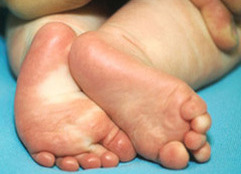 |
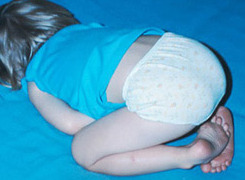 |
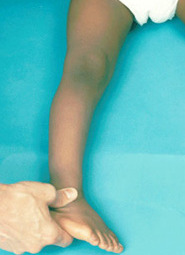 |
Children toe in because there is an inward twist to the bone in one of the following areas of the leg: Foot, Shin (calf), and Hip/thigh
Examination
- The Foot: When the twist is in the foot it is called metatarsus adductus (also called metatarsus varus). Most cases are mild and correct without treatment.
- The Shin (calf): An inward twist between the knee and the foot, it is called internal tibial torsion. Sometimes this condition fails to correct itself because the child sleeps with the face down and the feet turned inward.
- The Hip/Thigh – Children over ages of 3 years may toe in because of increased femoral anteversion. This is an inward twisting of the bone above the knee. This causes the knees to point inward when the hips are straight ahead. The child likes to sit on the ground in the “W” position.
Treatment
Toeing in due to any of the above reasons usually improves with out treatment. Often a simple change in sitting position is all that is required. In the past complex corrective shoes and braces were used but current research suggests that they are rarely needed. The condition simply corrects over time.
Treatment – Metatarsus Varus:
In rare instances metatarsus adductus (twist in the foot) may require corrective orthopedic shoes (straight or reverse last) or surgery.
Treatment – Tibial, Femoral Torsion:
Most cases of internal tibial torsion and femoral anteversion require no treatment because they slowly improve on their own over time. Children should be encouraged to sit in the “Indian style” or “tailor” position and discouraged from sitting on their feet or in the “W” position.
In a few severe cases of internal tibial torsion a night brace (Denis Browne bar or Friedman splint) may be prescribed to keep the child from sleeping with their feet curved underneath them. Braces are never used for femoral anteversion.
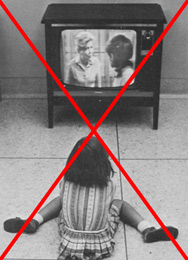 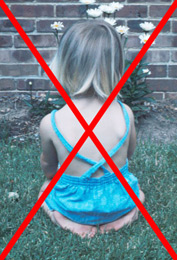 |
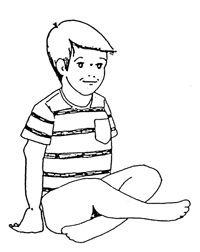 |
|
Discourage these positions |
Encourage this position |
Summary
Toeing in seems to be a part of growing up for many normal children. In rare cases a child may need corrective shoes (for metatarsus adductus) or braces (for tibial torsion). In some cases altering a child’s sitting and sleeping habits allows the condition to improve more rapidly. In very rare and severe cases, corrective surgery may be required.